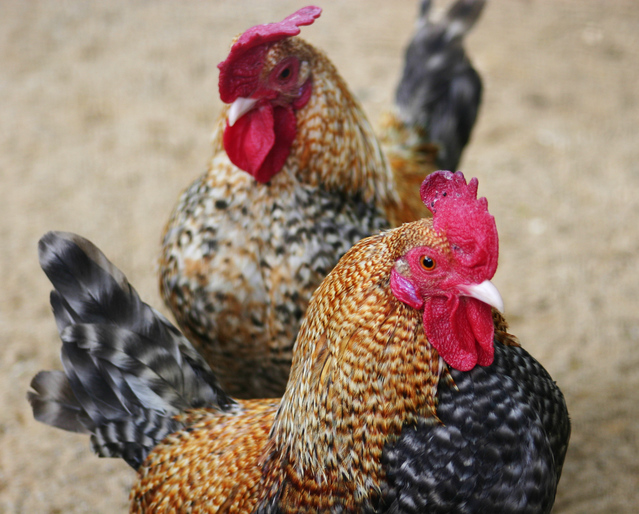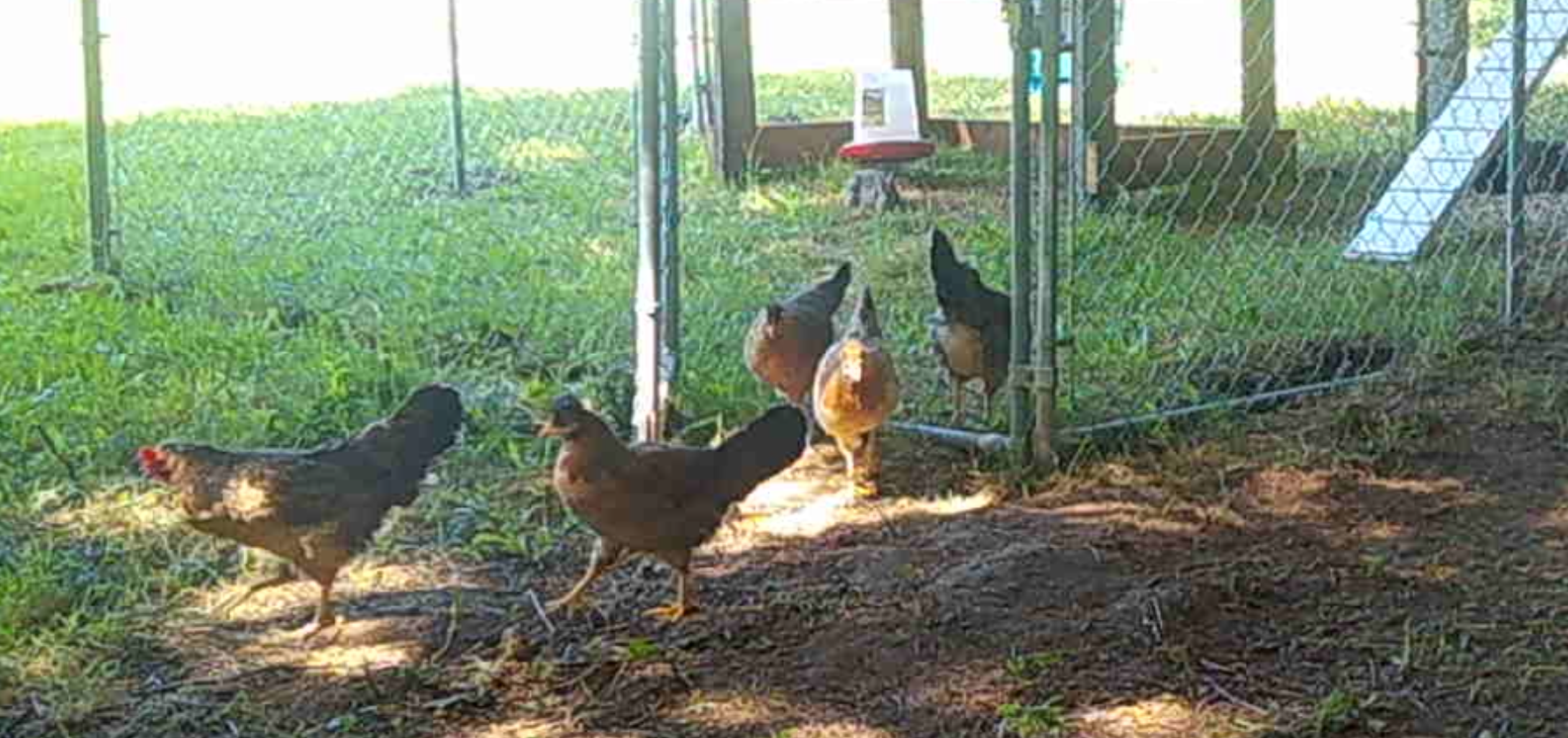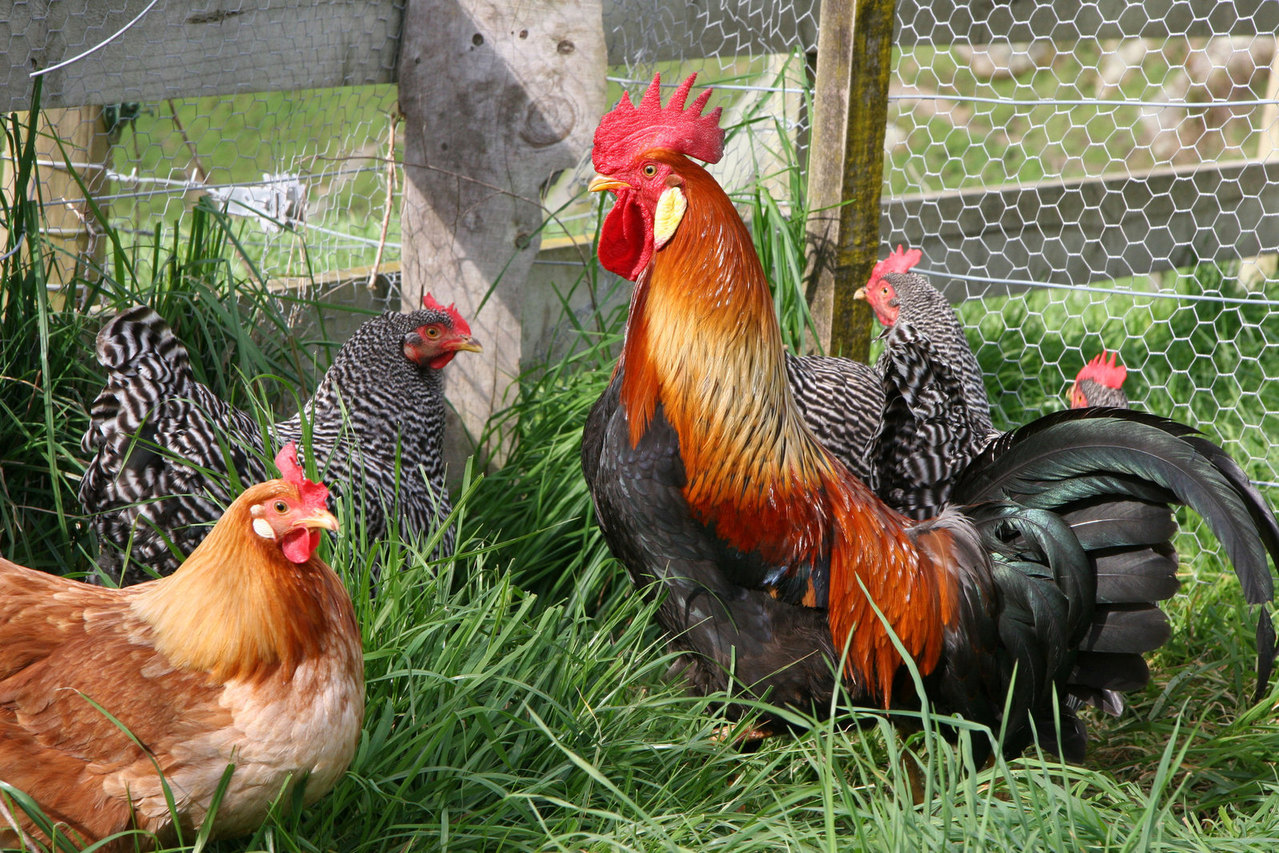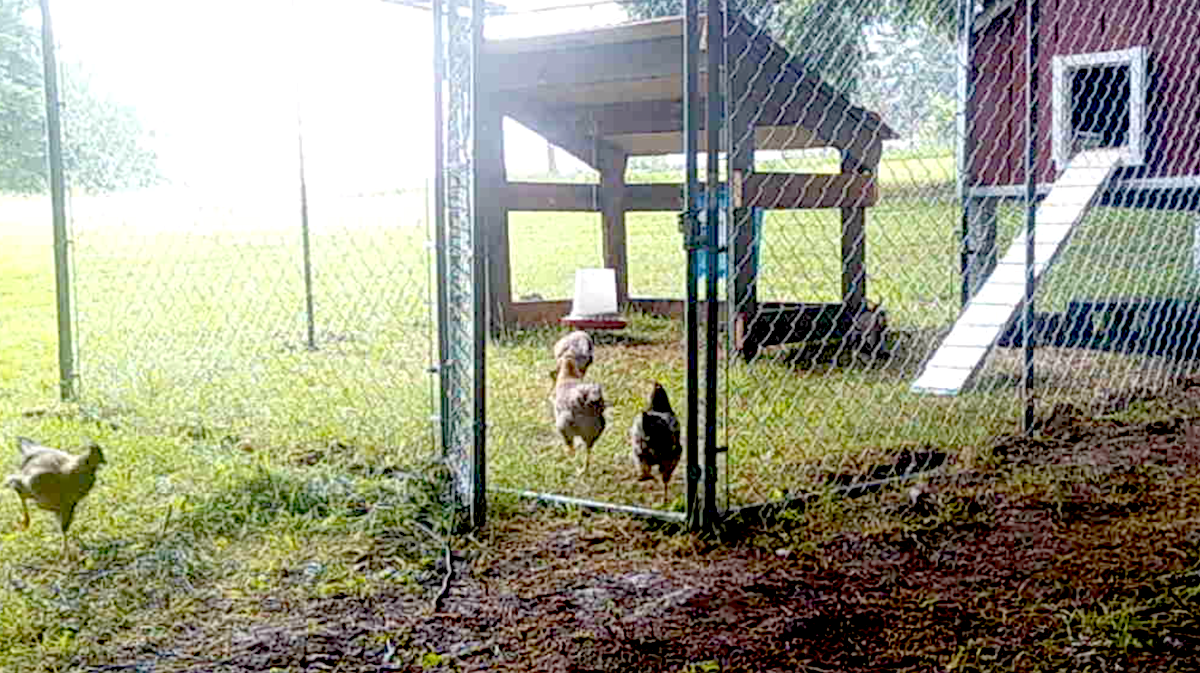
Better Than the Pecking Order?
Did you know that chickens can follow a pecking order 136 chickens long?
What that means is, through a series of skirmishes (some more violent than others), chickens establish their own governing body within their clan. The strongest chicken, typically a rooster, is in charge. He gets the food and water first and all the other perks that come from being “Top Dog” or the “Big Cheese.” But that position also comes with the responsibility of leading the flock to safety when a predator comes by and tucking everyone in before nightfall
The clients I work with typically embrace the responsibility of being at the top of the pecking order. They care about their employees, take steps to ensure their safety, and give them opportunities to grow and try new experiences. The biggest challenge they typically face is balancing competing priorities, including growing the business, managing the finances, developing employees, and caring for themselves and their families. What we know is that this can’t be done alone. Having a strong, focused leadership team is the key to a thriving business. The good news is that getting your team moving toward a common vision is much easier than it seems.
As most of you know, I love process.
I’ve put my chemical engineering degree to work by focusing on process engineering. I’ve spent my whole career helping businesses improve by streamlining their processes, from manufacturing to sales to engineering. I love process so much, I even made it part of my company name.
So, when I discovered the business operating system EOS (Entrepreneurial Operating System), I realized this was the perfect tool for me to help my clients get what they wanted from their businesses. If you are ready to implement a system that will lead to higher profits, less friction, and more enjoyment, let’s find some time to talk. Together we can create something better than a pecking order.




